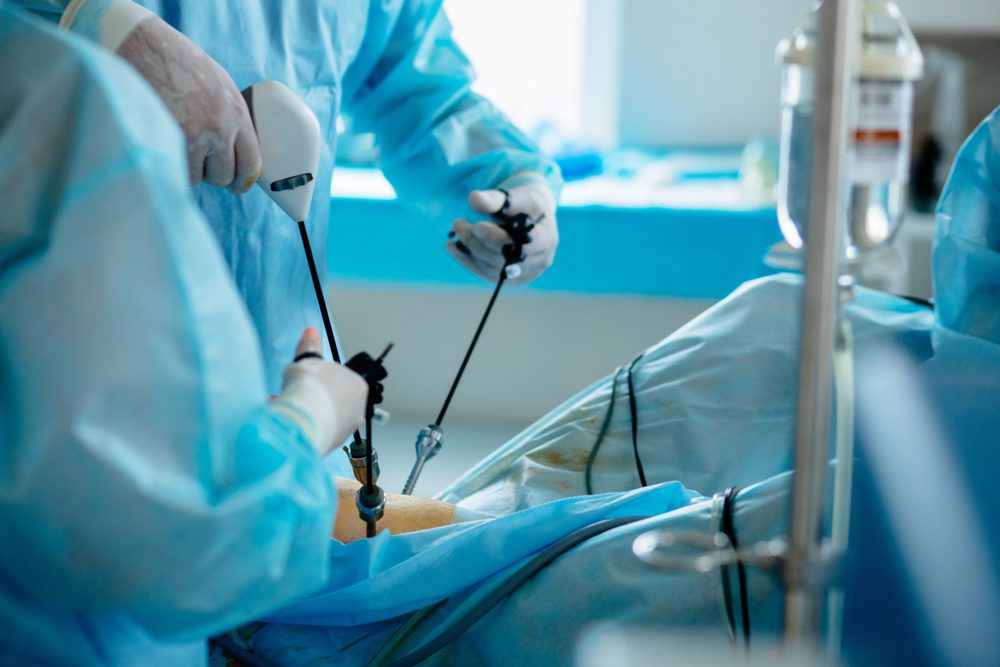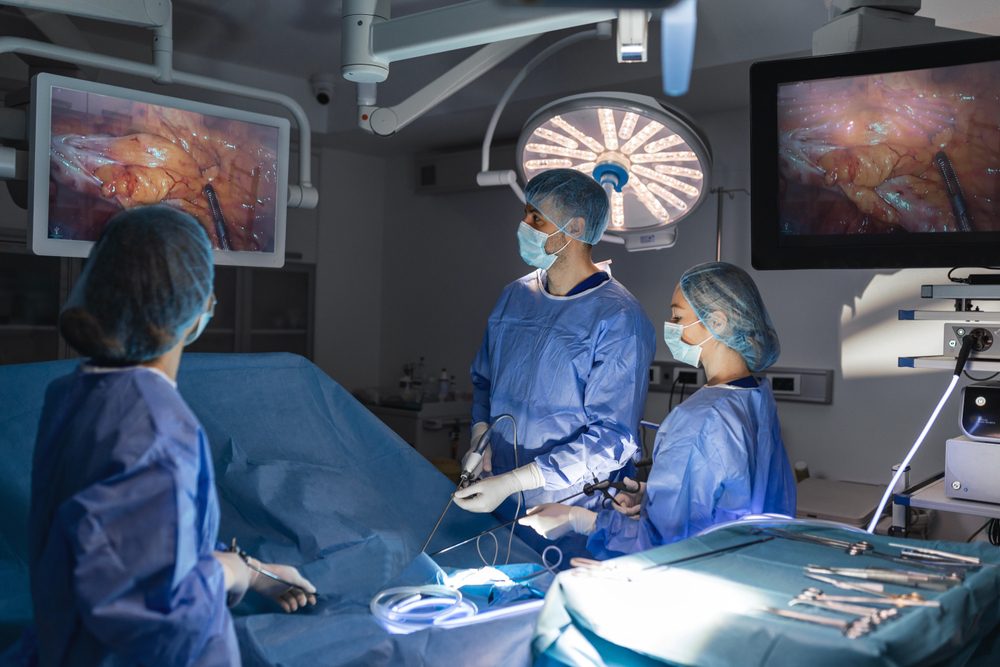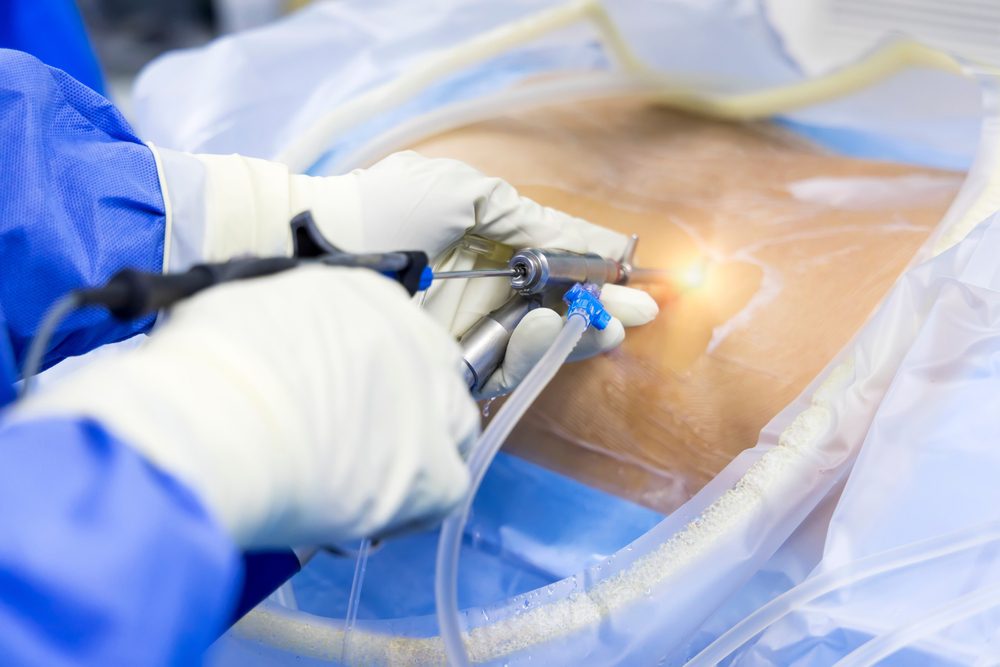What is a minimally invasive surgery?
Minimally invasive surgeries allow surgeons to use techniques that limit the number and size of incisions, or cuts, that they need to make. It’s usually considered safer than traditional open surgery. Moreover, you’ll spend less time in the hospital, recover more quickly, and feel more comfortable while you heal.
In open surgery, your surgeon makes a large incision using a scalpel to have an unobstructed view of the part of your body that they are operating on. A minimally invasive surgery, on the other hand, involves using small tools, lights, and cameras that fit through a couple of tiny cuts in your skin. This allows your physician to perform surgery without cutting a lot of skin and muscle.
There are also minimally invasive surgeries that are done with robotic technology, which allows more control over the surgery. Keep reading to find some interesting facts about minimally invasive surgeries, the health conditions that can be treated, and the risks and benefits of them.

1. Minimally invasive surgery is relatively new
Minimally invasive surgery has its starting point in the early 1800s but started to be a common diagnostic tool between the 1930s and 1940s. The surgical method truly became popular in the mid-1980s thanks to advances in video and camera technology. It also gave surgeons enough anatomic detail to perform increasingly complex procedures.
The introduction of high-definition video and solid-state cameras made it possible for surgeons to have a full view of what they were doing on a video screen rather than relying only on their own two eyes.
This is now happening thanks to the laparoscope, which is an essential tool for minimally invasive surgery. It features a high-definition camera, fiber optics, and light. The latter allows the camera to get an unobstructed and clear view of its surroundings, and then the visual images are sent to a video monitor to be examined by your medical team.
The whole process gives your surgeon the chance to work in real-time and perform with the same precision as other forms of surgery.
2. Minimally invasive surgery uses smaller incisions
In order to understand what we mean by saying “smaller,” it’s essential to mention a couple of things about traditional open surgery and how it’s different from minimally invasive surgery. The former is probably what most people have in mind when they think of a surgical procedure. It’s basically when surgeons make a single large incision to go on with complex medical procedures.
Usually, incisions for the traditional type of surgery are around four inches, giving surgeons a full view of the body’s organs, tissues, and other structures. Incisions for minimally invasive surgery are much smaller.
According to doctors, the largest incision in these cases is a little over an inch (3 cm). There are usually a few incisions necessary—one for the camera and the others for surgical tools.
Depending on the type of procedure, your medical team may decide to use carbon dioxide during minimally invasive surgery. For instance, if you undergo abdominal surgery, the surgeon will use carbon dioxide to inflate the abdomen’s walls. This will give the laparoscope a better view of the area.

3. There’s usually less blood loss
Unlike traditional open surgery, minimally invasive surgery considerably reduces your risk of blood loss. This is mainly because this type of surgery requires smaller incisions. As you may know, larger incisions usually come with the risk of blood loss, and sometimes the patient may need a blood transfusion if that’s the case.
In other words, minimally invasive surgery is much more appealing for many patients and doctors alike who worry about the complications that may arise during the procedure.
But there’s one more thing here. The decreased risk of blood loss doesn’t just protect your health. It also brings peace of mind before surgery. Most patients are stressed before undergoing a surgical procedure, and that’s perfectly understandable. Knowing there’s a lower risk of complications can definitely help you be less worried.
4. There’s usually less pain
While the mental stress before traditional open surgery can be difficult, the pain that comes along with recovery can be much more difficult to deal with. Not to mention that you may need to take certain long-term pain medications as you heal from surgery.
Well, this is often not the case when you choose a minimally invasive surgery instead of a traditional one. Like the risk of bleeding, the small incisions made during the procedure will heal with less pain and much faster than a large one from open surgery.
Combine these aspects with smart recovery decisions like getting plenty of rest, being patient, and getting any type of light exercise, and you will be back on your feet much sooner than if you were to undergo open surgery.
5. Minimally invasive surgery involves a lower risk of infection
According to the latest data, infection of the surgical site is the most common type of infection for surgical patients and the second-most common type of infection in hospitals. While there’s always the risk of infection during surgery, it’s much lower with minimally invasive surgical procedures. That’s because there’s less disruption from cutting and, therefore, less exposure to pathogens (bacteria and germs that cause infections).
With less trauma, your body won’t be in “ready-to-fight” mode like it does when you undego a large surgical incision. Not to mention that a smaller incision automatically means less scarring.

Luckily, minimally invasive techniques have many medical applications, from endoscopic procedures to arthroscopic surgery of the joints.
Laparoscopy is the most common type of minimally invasive surgery, and some of the procedures that can be performed laparoscopically are bladder support surgery, gallbladder removal, hernia repair, appendectomy, gastric bypass or gastric sleeve surgery, myomectomy (fibroid removal), and hysterectomy.
Video-assisted thorascopic surgery (VATS) is another type of minimally invasive surgery that’s used to diagnose and treat certain conditions in the chest. VATS may be used for lung surgery, thymus gland removal, procedures to remove air or fluid from around the lungs, surgery to relieve excess sweating, and biopsies to diagnose mesothelioma, lung cancer, and other chest cancers.
Hysteroscopic surgery is another type of minimally invasive surgery that involves inserting an instrument called a hysteroscope through the cervix into the uterus. The scope has a camera attached to it and allows the surgeons to get a full view of the inside of the uterine cavity. During this procedure, the doctor can check the ureteric cavity for abnormalities such as polyps and fibroids.
This type of procedure is frequently done for diagnostic purposes, but it can also be performed to remove intrauterine scarring, open the fallopian tubes, perform endometrial ablation, and biopsy the endometrial lining.
Finally, another popular type of minimally invasive surgery is robotic surgery. This one is similar to laparoscopic surgery in that it uses small incisions, small surgical instruments, and a camera.
However, robotic surgeries are more advanced and use cameras that can create a 3D-color picture with 10x magnification. This allows surgeons to perform many types of complex procedures with more control, flexibility, and precision than with other methods.
While minimally invasive surgery benefits many patients, it’s important to keep in mind that it can’t be performed for every patient or every procedure. Open surgery can be just as effective and safe as minimally invasive, for certain procedures. If you’re in need of surgery, your surgeon will talk you through your options and help you determine what’s best for you.
By the way, here’s a book that helped many of our readers recover quickly from surgery.
You may also want to read Most Seniors Don’t Know About These 10 Strange Diabetes Symptoms.








